The First Hippie Shall Be the Last | Charlie Manson, Meet Vito and the Freaks
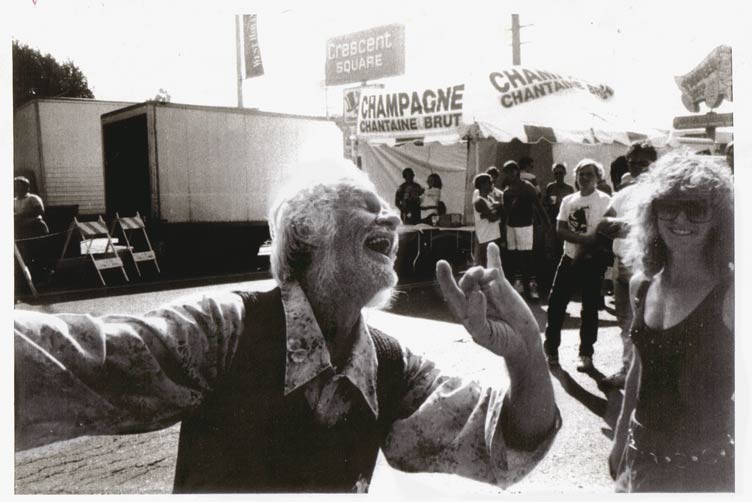
.
I WAS SNOOPING around Wikipedia the other day and completely disappointed to find that it has very little to say on Vito and the Freaks. Sure, Vito Paulekas has a Wiki article, but it’s only three paragraphs long. Elsewhere, he’s practically non-existent on the web. Photos are lacking. Did this guy hate having his picture taken? Judging by this one provided picture alone, the old man is dancing like it’s 1965 all over again, and for all I know, he may be dancing his way through the set of Grease 2. We’re told he was visiting Los Angeles. And anyways, it seems to me like he’s the type of individual who’d photo-bomb every camera within a ten-mile range. He died in 1992—aged 79. Did the CIA raid his scrapbook before a former Freak had the chance to Xerox them at Kinkos? He was probably tap dancing his way to prima donna stardom in every single photo ever taken of him. I think he’s been scrubbed.
On the outset, one would think it is especially strange considering the fact that Vito Paulekas is, by all accounts, the very first hippie. At least, author Barry Miles seems to think so. According to his celebrated biography Hippie, “The first hippies in Hollywood, perhaps the first hippies anywhere, were Vito, his wife Szou, Captain Fuck and their group of about thirty-five dancers. Calling themselves Freaks, they lived a semi-communal life and engaged in sex orgies and free-form dancing whenever they could.” Miles pretty much sums it up right there. But before this is over, I hope to elaborate, because—as you’re hopefully already suspecting—there’s more to Vito and the Freaks than meets the eye.
You’d think this guy would be a big deal. Why hasn’t Oliver Stone made a movie about him yet? Oh, that’s right, he snubbed him in his Val Kilmar movie. A part like this practically cries out for Joaquin Phoenix. Martin Scorsese could have had Robert DeNiro play Vito, with Joe Pesci filling in for Captain Fuck. I’m not a casting director. You tell me. Point is, Abbie Hoffman landed a cameo in Forrest Gump. Why couldn’t Forrest run his way into a tie-dye cesspool of dance-floor Freaks?
He’s even snubbed by practically everyone in the music industry. David Crosby never thought to bring him up in his autobiography. I know you may be thinking Crosby is perfectly free to ignore anyone he wants in the retelling of his own life, and yet I’ve already explained to you that Vito Paulekas was the very first hippie, and that is no small deal. But we can do better than that. Alban “Snooy” Pfisterer, former drummer and keyboardist for the band Love, claimed Vito actually got The Byrds together. While I have yet to write on The Byrds suspicious beginnings, I recently covered The Doors in a paper I call, Will the Real Jim Morrison Please Stand Up? Their repertoire is similar. Meanwhile, let that sink in. The very first hippie formed The Byrds. And anyways, “they did a lot of rehearsing at his pad.” Love did too, by the way. Even Wikipedia admits that Vito and his Freaks accompanied The Byrds on their very first tour.
Okay, let’s stop and gather what we’ve so far learned. Vito Paulekas was the very first hippie. Check. And The Byrds don’t care to let in you on Paulekas’ part in forming their band, or the fact that he accompanied them on their very first tour with his psychedelic troupe. Check. Check.
The next thing you should know is that Vito was probably funded by the Rockefeller’s. I say probably, but that’s only because I’m hoping to keep a level of liability. Actually, let’s back this trolley up, because if we’re being totally forthright, he was technically related to them. It was researcher David McGowan who first broke the story. The short of it is this. Vito Paulekas was first cousin of a certain Eva Paul. Eva actually went by many names, but she was most famously known as Bobo Rockefeller. The press hailed her union with Winthrop Rockefeller a “Cinderella wedding.” Winthrop’s father was John Rockefeller. Eva Paul’s father just so happened to be the brother of Vito Paulekas’ father. That makes Vito a cousin-in-law to Winthrop Rockefeller and a blood-cousin of the couple’s only child, Winthrop Paul Rockefeller, who would later serve as the lieutenant governor of the state of Arkansas.
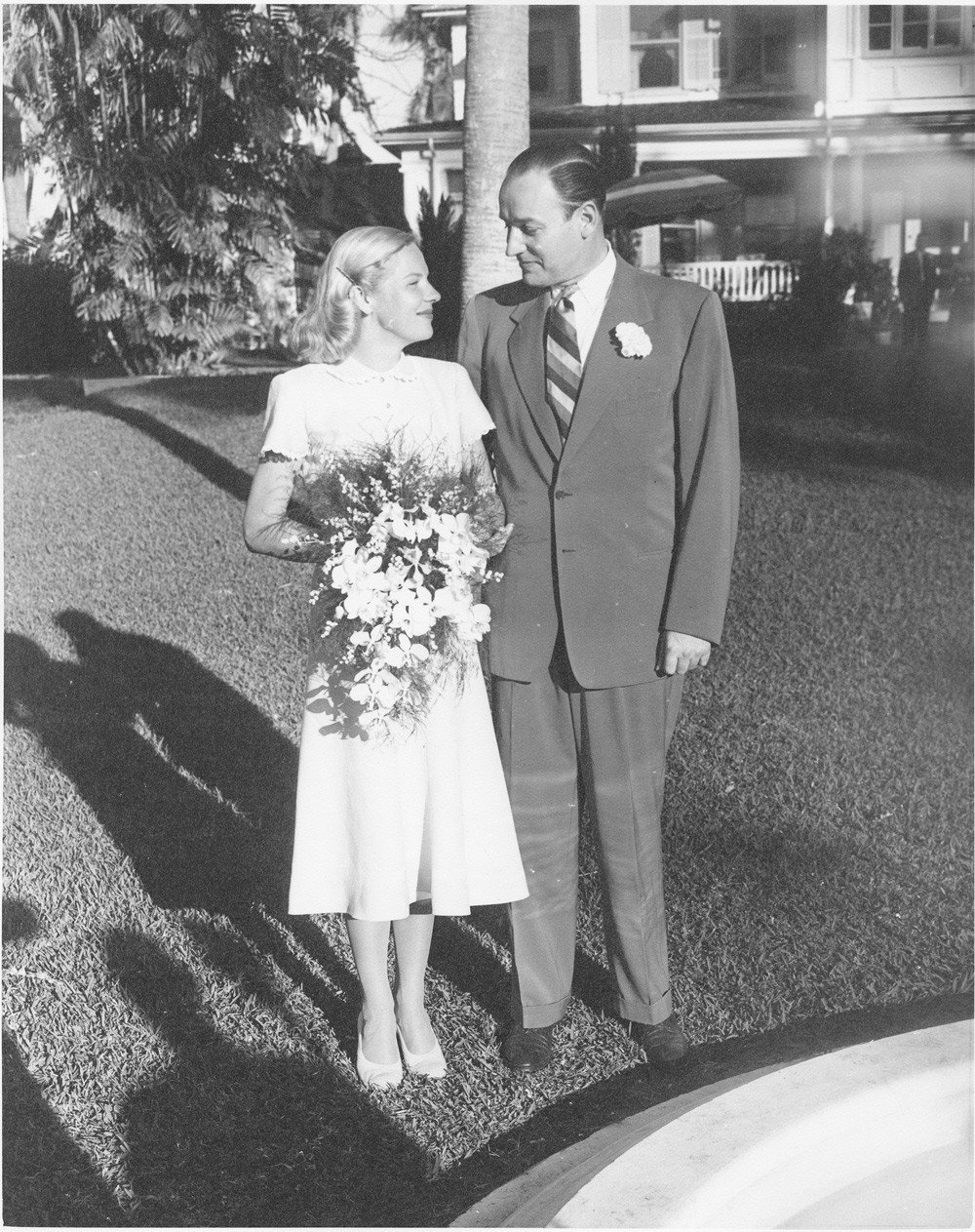
Already we’re circling the drain of the Mk-Ultra program. What—don’t believe me? The Rockefeller’s would never pimp out their own family to zombie handlers, you say? Vito was born Vitautus Alphonso Paulekas, the son of a Lithuanian sausage-maker on May 20, 1913. By all accounts, the Paulekas family were hicks—royally speaking. The February 23, 1948 edition of Time Magazine reported that Bobo’s mother and stepfather “were unable to attend the ceremony because they were making a batch of Lithuanian cheese on their Indiana farm.” Mm-hmm. Here McGowan adds: “Truth be told, the Paulekas clan has a somewhat different explanation: they were deliberately excluded from the ceremony as it was felt they were a bit too uncultured to break bread with the likes of the Duke and Duchess of Windsor and the Marquess of Blandford.”
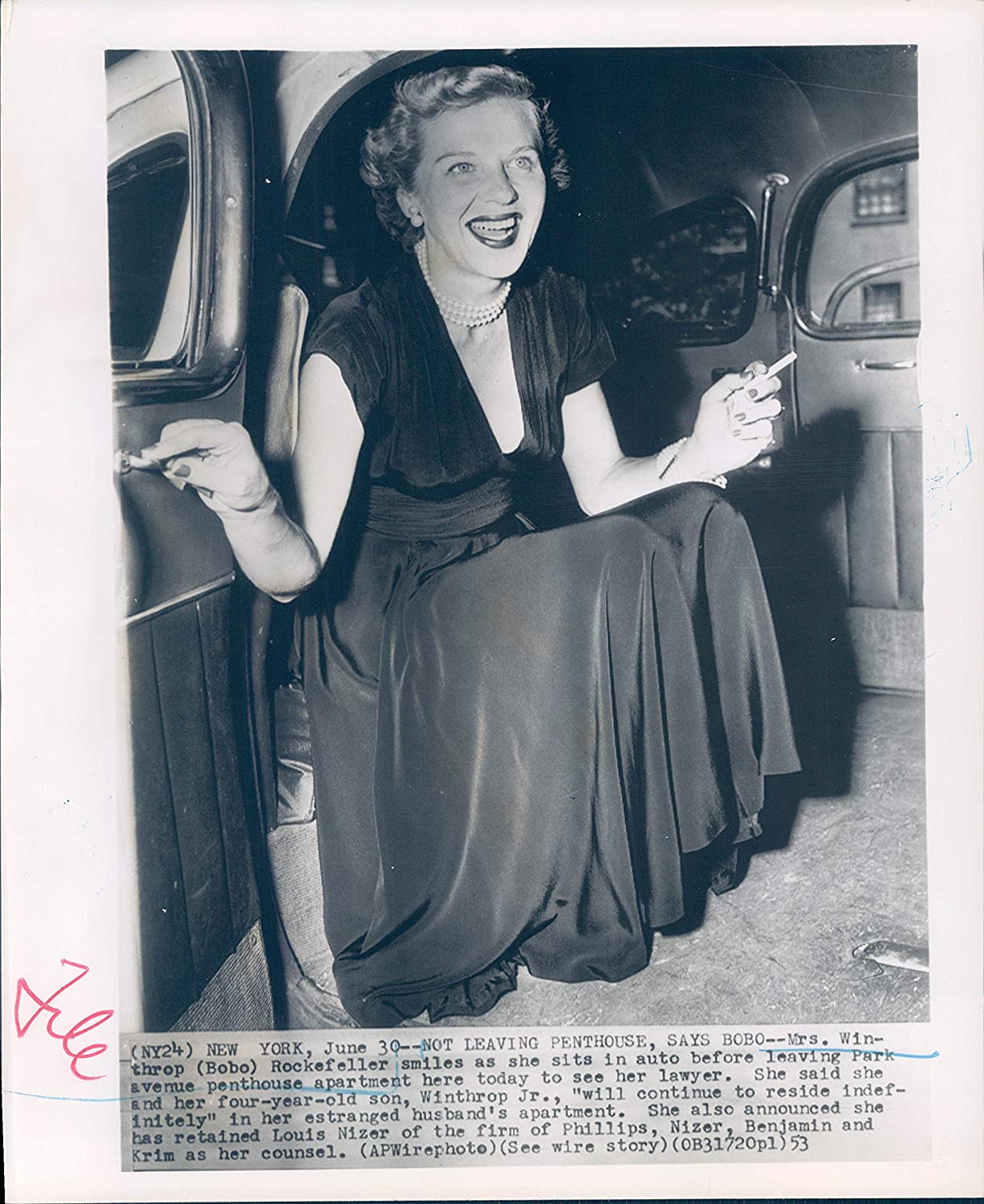
Wikipedia completely overlooks these little details. However, here’s what we can ascertain. Vito started his adult career as a marathon dancer in depression-era America. You know how Forrest Gump could run his way in and out of a movie? Vito Paulekas dancing his way across the fabric of shifting American culture was cut short by an armed robbery conviction in 1938. Some four years later, the War gave him a chance at redemption. He was enlisted directly from prison into the Merchant Marines, a branch of the Navy during wartime. For the most part, Wikipedia gives these sparing details. I’ve added the Navy footnote because, like Jim Morrison and so many other pimped out rock stars, most are the sons of Naval intelligence officers. I believe that to be important.
Here is another detail in which Wikipedia completely overlooks. His botched attempt at holding up a movie theater landed him a twenty-five-year sentence. Guys who deal in twenty-five-year sentences tend to not do so well after their release. Just saying. As early as August of 1949, The Los Angeles Times was reporting on his sculpting art exhibit at the Biltmore Hotel. The paper lent him credibility again in May of 1956, with yet another announcement in February of 1958, alerting readers to his sculptor gallery on La Cienega Boulevard, with yet another gallery on Beverly Boulevard being reported upon in May of 1959. See what I mean? Vito got by—it seems. No doubt with the help of the Rockefellers. Vito’s students included such Hollywood luminaries as Jonathan Winters, Mickey Rooney and Steve Allen. I’m willing to bet they were all spooks.
Vito Paulekas was forty-eight when, on July 7, 1961, he married eighteen-year old Szou, whose real name was Susan Cynthia Shaffe. We have already established that Paulekas was the first hippie in more ways than one, but wouldn’t you know, Szou launched the very first hippie fashion boutique. By 1963, Carl Franzoni, aka “Captain Fuck,” had joined their bludgeoning troupe of self-declared Freaks. All they needed now was the right venue.
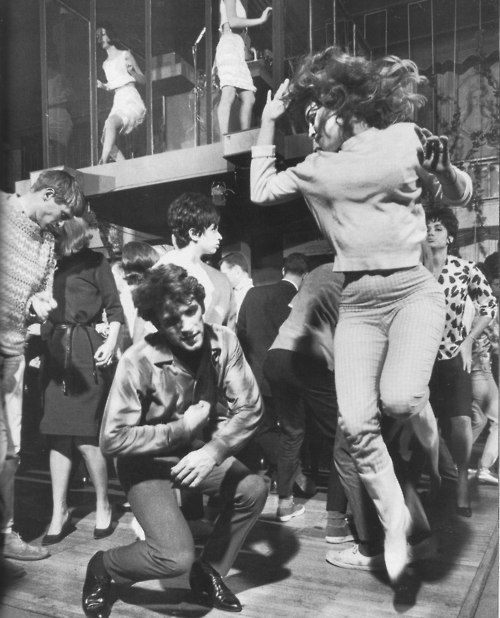
Whiskey-a-Go-Go in the 1960’s
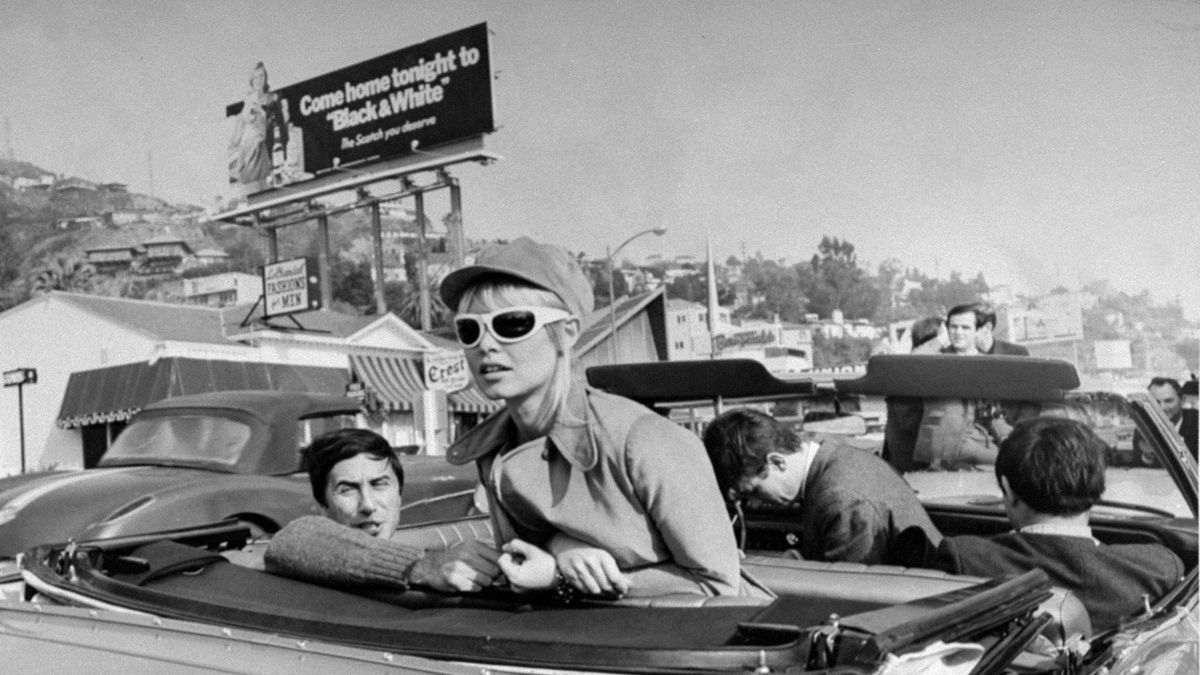
As the 1960’s dawned upon America, there were no clubs on Sunset Boulevard. The legendary Ciro’s nightclub had closed its doors by 1957. But all of that was about to change with a vice cop from Chicago. In January 1964, Elmer Valentine opened the doors to the now world-famous Whiskey-a-Go-Go. The importance of the Whiskey in the social engineering of America cannot be understated. During its first decade, Valentine’s club would help to launch such acts as the Byrds, the Doors, the Kinks, the Who, and Buffalo Springfield. Even in the 1980s, the Whisky was a recognized stepping stone for Guns N’ Roses and Mötley Crüe. By the spring of 1965, Valentine opened his second club, the Trip. But he wasn’t the only one adding new paint and plaster to the Sunset Strip.
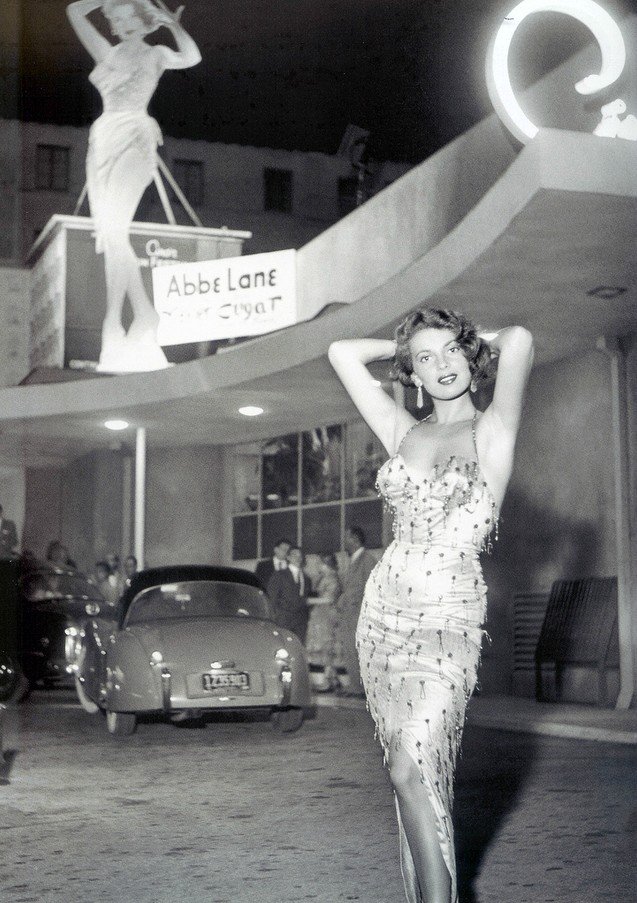
In front of Ciro’s
As if on cue, the legendary Ciro’s nightclub was decidedly raised from the dead. It was originally opened in 1940 by Billy Wilkerson, an associate of Bugsy Siegel. Bugsy was one of the most notorious criminals of his day, wildly influential within the Jewish mob, and a driving force behind the development of the Las Vegas strip. Actually, Bugsy wrestled ownership of The Flamingo in Vegas away from Wilkerson. Anyways, Ciro’s was a witches brew for Hollywood celebrities and recognized crime figures alike. Wikipedia assembles the following list, and it doesn’t disappoint. It’s like a who’s-who of fallen angels and spooks.
“Among the galaxy of celebrities who frequented Ciro’s were Marilyn Monroe, Humphrey Bogart and Lauren Bacall, Frank Sinatra, James Dean, Ava Gardner, Sidney Poitier, Anita Ekberg, Lucille Ball and Desi Arnaz, Joan Crawford, Betty Grable, Marlene Dietrich, Ginger Rogers, Ronald Reagan, Dean Martin, Jerry Lewis, Mickey Rooney, Cary Grant, George Raft, George Burns and Gracie Allen, Judy Garland, June Allyson and Dick Powell, Mamie Van Doren, Jimmy Stewart, Jack Benny, Peter Lawford, and Lana Turner (who often said Ciro’s was her favorite nightspot) among many others. During his first visit to Hollywood in the late 1940s, future President John F. Kennedy dined at Ciro’s.”
Wikipedia makes no mention of the recognized crime figures mingling among its sidewalk stars. At any rate, “as if by magic, new clubs began to spring up along the legendary Sunset Strip,” David McGowan writes. And it all happened in 1964. The paint barely had time to dry on the Strip before new bands, complete with their organizers, rehearsal space providers, and first groupies showed up. In all three cases, Vito and the Freaks. Paulekas played a crucial part in the success of The Byrds. And Love. And The Doors. Even The Mothers of Invention’s debut studio album, released in June 1966, was called Freak Out! Starting to get the picture?
Barry Miles noted in his biography of Frank Zappa, “The Byrds were closely associated with Vito and the Freaks: Vito Paulekas, his wife Szou and Carl Franzoni, the leaders of a group of about thirty-five dancers whose antics enlivened the Byrds early gigs.” In Waiting for the Sun, Barney Hoskyns confirmed that the early success of the Byrds and other bands was due to “the roving troupe of self-styled freaks led by ancient beatnik Vito Paulekas and his trusty, lusty side kick Carl Franzoni.” I would be negligent to overlook the fact that The Doors and The Byrds were terrible live performers, on stage or in the studio. Regardless, they were handed record deals and praiseworthy reviews from national syndicates. And in the meantime, people showed up to the Strip, not to hear the terrible out of key, out of tune music, but to watch the Freaks in action. If they were lucky (though probably not that lucky) Paulekas’ female dancers, often under-aged, might enter the club with a top from Szou’s fashion boutique—and leave without it.
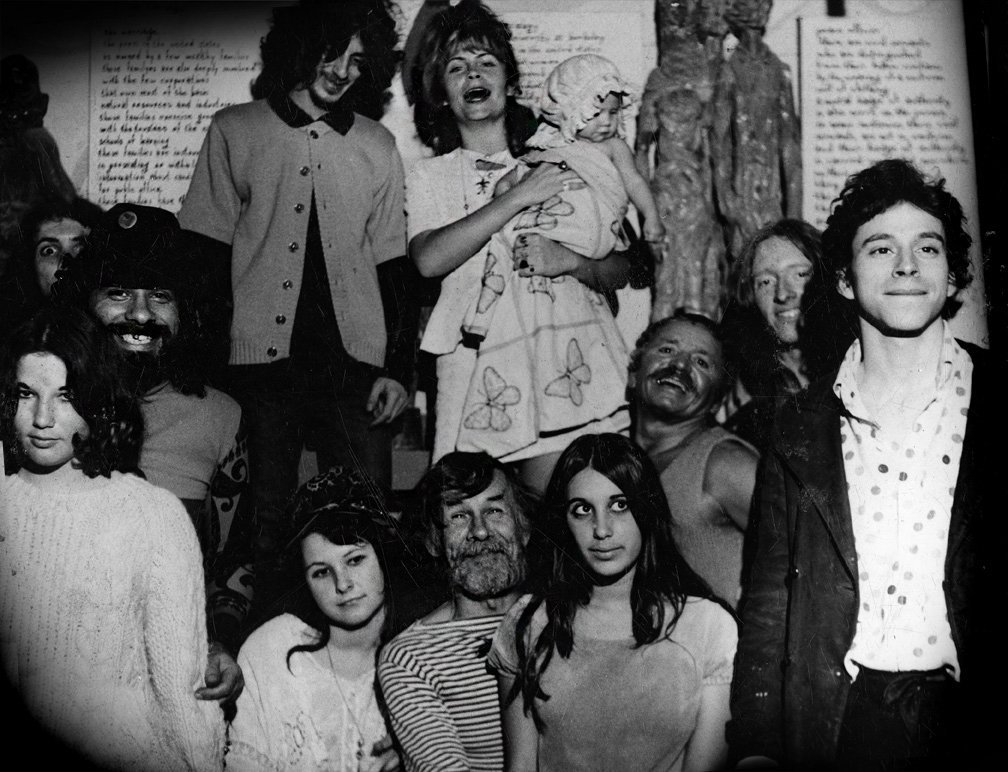
Recruits for Vito’s dance troupe were easy to come by. Among many other firsts, according to Miles, Vito operated “the first crash pad in LA, an open house to countless runaways where everyone was welcome for a night, particularly young women.” Author Pamela Des Barres, a former groupie, described the sort of scene which would go down in his crash pad, the Paulekas’ basement studio at 303 Laurel Avenue. In one instance, “two tenderly young girls were tonguing each other… everyone was silently observing the scene as if it were part of their necessary training by the headmaster, Vito.” One of the girls was only twelve. Rock producer Lou Adler has stated, “Vito would come in every night with an entourage—mostly four or five really great-looking girls. It’s a weird parallel, but it was like a nonviolent Manson situation, a little cult.” Remember the Manson quip.
The beginning of Vito and Szou’s troubles began as early as 1966 when, on the 23rd of December, three-year old Godo fell through a trapdoor on the roof of their building. America had already met their eldest child earlier that year in an issue of Life Magazine. Godo died at precisely 7:30pm. That very night, Vito and Szou went out with their Freaks and partied. When asked by other club attendees where Godo was, Vito simply responded, “He died today.” Alban Pfisterer, a Love band-member, claimed they had given the child acid.
The tragedy becomes even stranger when reading an article from San Francisco Weekly which involves Lucifer Rising and its director, Kenneth Anger. For the record, Anger was influenced by Aleister Crowley, with the counter-cultural hippie movement being a stand-in for Lucifer. The film would not be finished until 1972, and furthermore unreleased until 1980, with a running time of only 29 minutes. Wikipedia seems to admit that it was a weird project from the get-go, but once again, they keep hush on Paulekas’ involvement. Here we read, Anger’s “first candidate to play Lucifer, a five-year-old boy whose hippie parents had been fixtures on the Los Angeles counterculture scene, fell through a skylight to his death. By 1967, Anger had relocated to San Francisco and was searching for a new Lucifer.” San Francisco Weekly manages to get the child’s age wrong, but Vito, Szou, and Godo’s identities are otherwise unmistakable. Godo was intended to play Lucifer.
Michael Walker, author of Laurel Canyon, reports that little Godo would be brought out naked, passed around in a circle, and embraced with their mouths, so as to encourage his sensuality. By the way, Anger found his new Lucifer in the person of Masonite Bobby Beausoleil. Beausoleil was given a death sentence for the murder of Gary Hinman on July 27, 1969. That ruling was later commutated to a life sentence, but only because the State of California issued a ruling that invalidated all executions. What is important here is mainly two things. One, the Manson family’s odd connection with Paulekas’ family, and two, Beausoleil’s own confession that Anger made films for private collectors. Godo was pimped out for a snuff film.
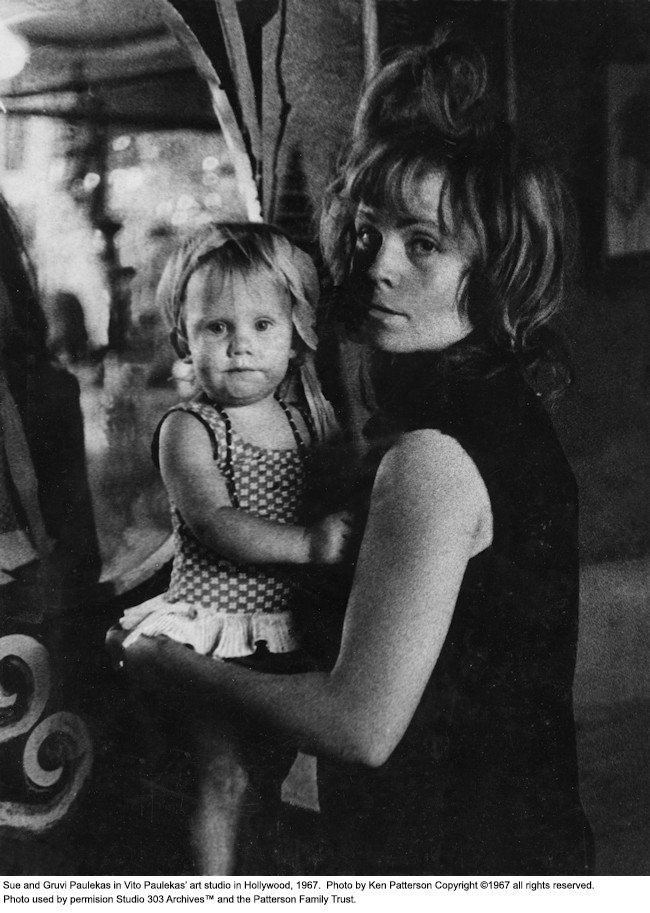
Paulekas and his Freaks disbanded late in 1968. They had already abandoned their Log Cabin commune by May of that year. Carl Franzoni fled for other legal troubles, and reportedly resurfaced in Canada. By the time Charlie Manson came calling in December, Vito and Szou had already slipped from their studio and arrived in Haiti.
Official history informs us that the two embodiments of Lucifer never met. The first hippie and the last. What remained of Vito’s Freak-flock, however, was consolidated by Manson. And so, I leave the life of Vito Paulekas here. I guess it’s one thing for Manson to end our make-believe romance with Woodstock and the Summer of Love, but it’s quite another thing for Vito to play the part of the other book end. Perhaps because, if the truth is known, the myth of the hippie threatens to topple down with him.
Between Paulekas and Manson, author David McGowan offers the following similarities.
- Paulekas and Manson were gifted artists.
- Paulekas and Manson were gurus.
- Paulekas and Manson surrounded themselves with young, often underaged, women.
- Paulekas and Manson were considerably older than their followers.
- When Paulekas or Manson addressed their family, both were listened to as if God were speaking.
- Carl Franzoni and Charlie Manson wore black capes.
- Franzoni declared himself “Captain Fuck,” Manson “the God of Fuck.”
- Paulekas and Manson’s libido were unquenchable.
- Paulekas and Manson adopted nicknames for their families as part of the depersonalization process.
- Paulekas and Manson’s family included a Beverly Hills hairstylist, Sheldon Jaman and Charles Watson.
- Child and infant sexuality were a crucial identity marker to both families.
- Paulekas and Manson staged live sex shows involving underaged participants.
- Paulekas and Manson largely abstained from drugs so as to control their drugged-up their families.
I’ll therefore part with an unprovable theory, and it is this. Vito and Charlie had consulting handlers. I say unprovable, but as you know, that’s only for the purposes of liability. Our slave masters may keep feeding us the same tired dribble, that Manson was an independent agent of his own design, but we’re not buying. He was Mk-Ultra, a product of the CIA.
And now I offer you Paulekas.
So, let’s stop and gather what we’ve so far learned. He was the very first hippie. Check. He institutionalized hippie dance moves and hippie fashion. Check. He practically defined the eras sexual liberation. Check. He probably formed The Byrds, organized rehearsal spaces for various bands, including Love, and was brought in by Sunset Strip nightclub owners to organize the success of baby-boomer rock bands. Check. He knew how to dance his way into a photo. He’s related to the Rockefeller’s. His child was pimped out for a snuff film and advertised as the embodiment of Lucifer. He’s the prototype of Charlie Manson in almost every possible way. And much of his life feels scrubbed. Check, check, check, check, and check.
I can’t help but wonder if Paulekas failed the ultimate intended purpose of his programming. Raise the hippie banner, and then bring an end to it. Is it any coincidence that Vito Paulekas fled the scene just about when Manson arrived? One Mk-Ultra traded in for another, with Manchurian Candidates arm-linked between.
And just think, when it came to the home of actress Sharon Tate and movie director Roman Polanski, it might have been Paulekas’ name in the papers.
-Noel
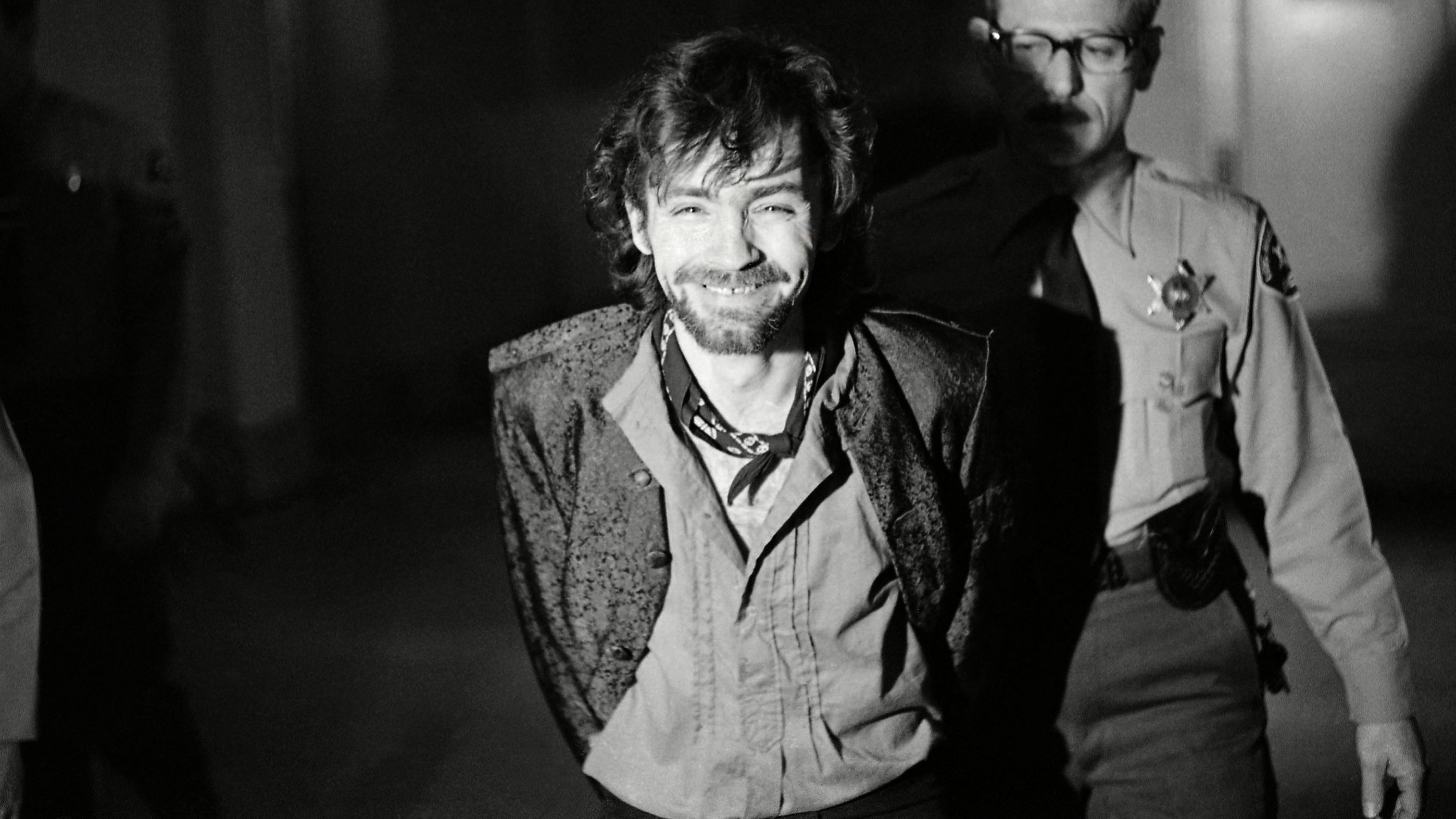
Sources:
McGowan, David: “Weird Scenes Inside the Canyon: Laurel Canyon, Covert Ops & the Dark Heart of the Hippie Dream”
Miles, Barry: “Zappa: A Biography”
Miles, Barry: “Hippie”
Hoskyns, Barney: “Waiting for the Sun”
Walker, Michael: “Laurel Canyon: The Inside Story of Rock-and-Roll’s Legendary Neighborhood”
Wikipedia: “Vito Paulekas”
Wikipedia: “Ciro’s”
Time Magazine: “February 23, 1948”
If you enjoyed this article, then consider becoming a Patron here at The Unexpected Cosmology! With Patron status, you will be able to access and download ALL of the Archived articles here on TUC!